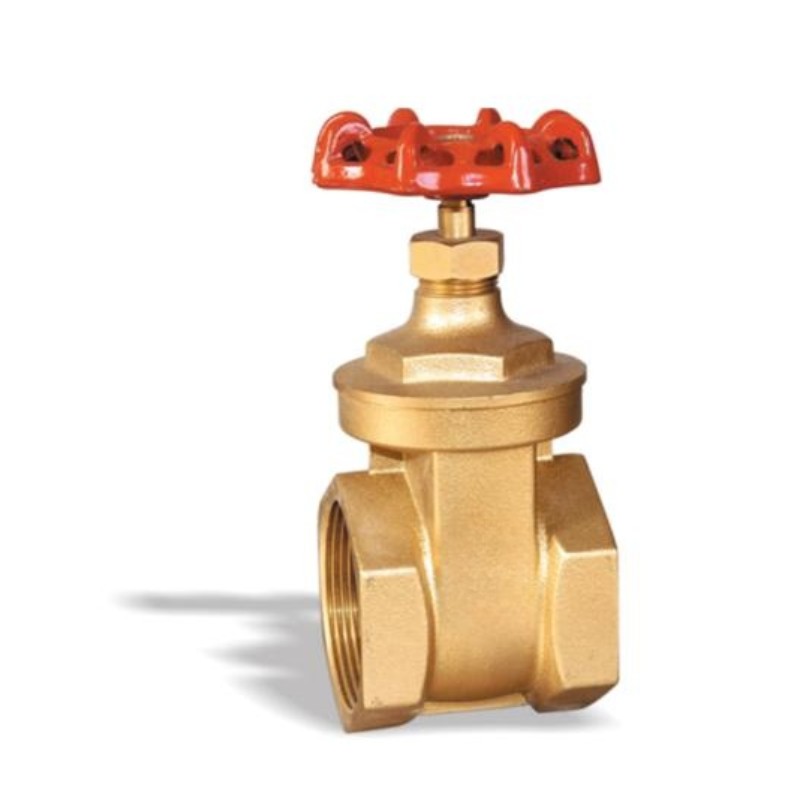Understanding Large Diameter Pipe Fittings and Their Applications in Various Industries
Understanding Large Pipe Fittings Essential Components in Fluid Transfer
In the realm of industrial applications, particularly in sectors such as oil and gas, water management, chemical processing, and construction, the significance of large pipe fittings cannot be overlooked. These components play a critical role in ensuring the efficient and safe transfer of fluids through piping systems. This article delves into what large pipe fittings are, their types, applications, and the factors influencing their selection.
What Are Large Pipe Fittings?
Large pipe fittings are components used to connect, redirect, or change the flow of large diameter pipes. Typically, these fittings have a diameter exceeding 4 inches, with some applications requiring fittings that are several feet in diameter. Such fittings can be made from various materials, including metals (like steel, stainless steel, and cast iron), plastic, and fiber-reinforced composites, depending on the specific requirements of the application.
Types of Large Pipe Fittings
Large pipe fittings come in several types, each designed for specific purposes. The most common types include
1. Elbows These fittings allow for the change in direction of the pipe line. Commonly available in 90-degree and 45-degree angles, elbows are essential for navigating around obstacles or redirecting the flow.
2. Tees T-taps are used to combine or divide flows within a piping system. They are instrumental in constructing branching lines from a main pipeline.
3. Reducers These fittings are employed to connect pipes of different diameters. The reducer can either be concentric (with a common center) or eccentric (with an off-center design) based on the application requirements.
4. Caps and Plugs Used to seal the end of a pipe, caps and plugs are critical when wishing to terminate a line or provide access for maintenance.
5. Flanges These are used to connect two sections of pipe or a pipe to a valve or pump. Flanged connections allow easy disassembly for maintenance.
Applications of Large Pipe Fittings
large pipe fittings

Due to their versatility, large pipe fittings are utilized across various industries
- Oil and Gas Large pipe fittings are crucial in the transportation and distribution of oil and gas. They withstand high pressures and adverse environmental conditions, ensuring safe and efficient operations.
- Water and Wastewater Treatment In municipal water systems and wastewater facilities, these fittings are essential for directing and controlling water flow, contributing to efficient treatment processes.
- Chemical Processing Large diameter pipes and fittings are common in the chemical industry for the transportation of various corrosive substances. Specialized materials are often employed to prevent degradation from chemical reactions.
- Construction In building projects, large pipe fittings are used in plumbing systems, HVAC setups, and irrigation applications, ensuring reliable fluid management.
Factors Influencing the Selection of Large Pipe Fittings
When selecting large pipe fittings for a specific application, several factors must be considered
1. Material Compatibility The material of the fitting must be compatible with the fluids it will transport, taking into account factors like temperature, pressure, and chemical composition.
2. Pressure Rating Different fittings are rated for different pressures. It’s crucial to choose fittings that can withstand the operational pressures of the system.
3. Size and Fit Ensuring that the fittings are the correct size and fit for the pipes is essential for preventing leaks and maintaining system integrity.
4. Installation Conditions The environment in which the fittings will be installed (e.g., underground, overhead, or in corrosive environments) will also influence material and type selection.
Conclusion
Large pipe fittings are indispensable components in fluid transfer systems across various industries. Their ability to facilitate the safe and efficient movement of fluids makes them vital for operational success. Selecting the right fittings, considering the application’s specific needs, ensures that fluid transport systems function effectively and maintain integrity over time. Understanding these components' various types and applications equips engineers and project managers with the knowledge to make informed decisions in their respective fields.
-
The Key to Fluid Control: Exploring the Advantages of Ball Valves in Industrial SystemsNewsJul.09,2025
-
The Versatile World of 1, 2, and 3 Piece Ball ValvesNewsJul.09,2025
-
Stainless Steel Ball Valves: The Ideal Choice for Efficient Flow ControlNewsJul.09,2025
-
Optimizing Fluid Control with Ball Float ValvesNewsJul.09,2025
-
Manual Gate Valves: Essential for Control and EfficiencyNewsJul.09,2025
-
Everything You Need to Know About Butterfly ValvesNewsJul.09,2025
-
The Versatility of Wafer Type Butterfly ValvesNewsJul.08,2025




